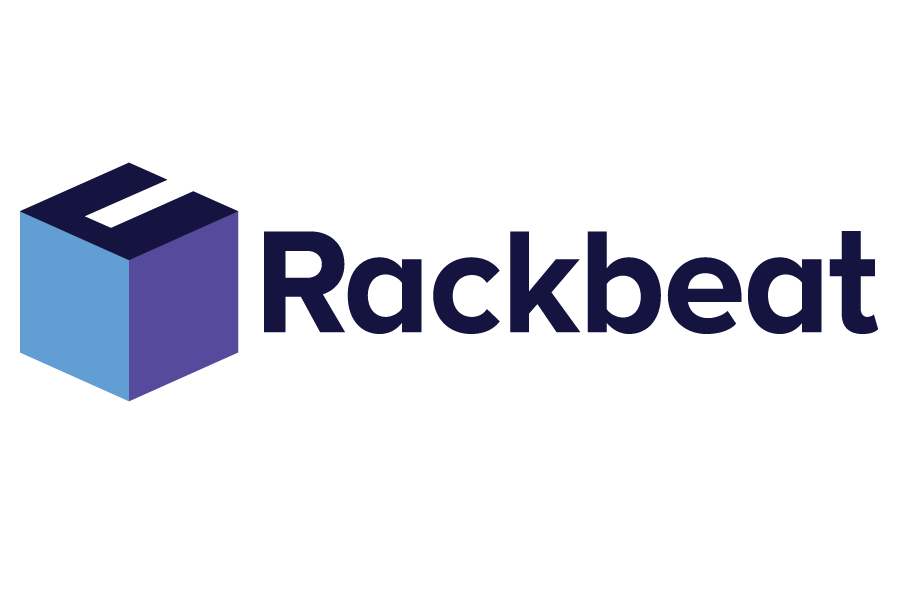How an Inventory System Helps You Counteract the Red Hot Interest Rate
By Rackbeat September 15, 2023

Interest Rates Are Rising…
As we gaze into the economic landscape today, we face a reality where inventory-driven business owners are confronted with a significant challenge – rising interest rates. Due to inflation, most national banks have chosen to increase consumer and business interest rates. The Federal Reserve has raised the interest rate by 0.25% in the US, bringing it to its highest level in 22 years at 5.5%. In August, The Bank of England also announced a 0.25% increase in the interest rate.
Unfortunately, this makes it more expensive for you to run your business.
Therefore, it is imperative for you and your inventory-driven business to reduce your tied-up capital to counteract the negative effects of the interest rate hike and stay ahead of the economic trends that may affect you.
This is just what this blog will help you with!
But first, let’s clarify what the increasing interest rate exactly means for inventory-driven businesses. Following this, you can read how an inventory management system will help you counteract the adverse economic effects that come with rising interest rates.
What Does the Interest Rate Hike Mean For Your Inventory-Driven Business?
With the rising interest rates, you quickly find yourself running into a labyrinth shaped like a very wicked and costly circle. Besides the fact that costs increase when taking on new loans for your business, e.g. for the maintenance of daily operations, it is also more expensive for you to pay off your current loans. These expenses might be tied to the warehouse, production facilities and/or the physical store – depending on the type of business you have.
At the same time, interest rates have also risen for many consumers – especially homeowners.
According to Forbes, the mortgage rate soared to a staggering 7.23% in August, which is the highest in two decades, and in England, the mortgage rate reached a 15-year high in July. Coupled with inflation, which you have likely been forced to feed as the raised interest expenses and purchase prices need to be balanced by price increases on your products, it will mean that some consumers may be more cautious about spending their money with you.
And here you are, trapped in the infamous vicious circle. When customers hesitate to spend their money in your store, your revenue will decrease. This, in turn, makes it even harder for you to pay off your loan with the increased interest rate…
If you also have a lot of tied-up capital, i.e., values tied to your company’s assets, firmly linked to your inventory, we may soon be looking at something close to the perfect storm inside the nasty circle.
Many inventory-driven business owners have already experienced having excessive tied-up capital on their inventory following COVID-19. They still felt the headaches of the congested supply chains, which is why they rushed to fill up their stock as soon as everything was, relatively, back to normal.
Yet, the problem is that many consumers have tightened their purse strings due to rising interest rates and inflation, leaving you with loads of tied-up capital on goods that you’ll never be able to sell.
And that’s money you lose on marketing, employees, new technology and product development, which becomes difficult to recover.
But hold your horses. Neither you nor your inventory-driven business are living in a dystopian hell.
Fortunately, you can reduce the tied-up capital on your inventory – and thus gain better control over your liquidity balance, which fortifies you against the higher interest rates, by implementing an inventory management system in your workflows.
Control Your Tied-Up Capital on Your Warehouse with an Inventory System
If you want to avoid heavy capital being tied up in your inventory, it’s crucial that you never have to guess, spend time counting or search through spreadsheets to know the size of your stock. Naturally, it’s challenging to avoid purchasing more than you need when your knowledge is based on guesswork.
This is where a cloud-based inventory management system comes in handy as it provides you with direct, real-time information about the state of your inventory. In other words, it will tell you exactly how many items you have available at the moment and how much money you have tied up in them.
Additionally, the inventory system provides you with purchasing management. This enables you to see how many products are on their way to the warehouse, which employee made the purchase, who the supplier is as well as the costs. You also get order management which will help you keep track of what is leaving the warehouse.
Furthermore, you can even generate purchase and sales statistics, which enables you to gauge the buying trends of your customers and potential price increases in procurement expenses. Based on this, you can estimate which items will sell the most, and how quickly, as well as which items you may not need to re-order in the near future.
As a result, it is easier for you to assess the right time to reorder specific products – and in what quantities. In the inventory system, you can then specify a minimum stock level for each item and the system will thus notify you when it’s time to replenish.
And this ensures that you never purchase more than you need!
To summarize, the inventory management system allows you to know:
1. How much money you have tied to your stock at the moment
2. The amount of items coming in and going out of your inventory
3. The buying trends for each item with purchase and sales statistics
4. When it’s time to purchase more items.
With this knowledge at your disposal, you will never purchase more than you need, which reduces the risk of having high capital ties in your inventory. Thus, you can more easily respond to interest rate increases and other economic turbulence.
The aforementioned vicious circle is thus transformed into a brighter, more navigable path toward better liquidity management when you implement an inventory management system in your inventory-driven business.
Try Rackbeat and Reduce Your Capital Ties to Your Inventory
If you want to learn more about how an inventory management system can help you lower your capital ties to your inventory, you can greatly benefit from reading what Rackbeat has to offer. You can also book a presentation of the system with an inventory expert or skip right ahead and test Rackbeat’s inventory management system for free for 14 days.



